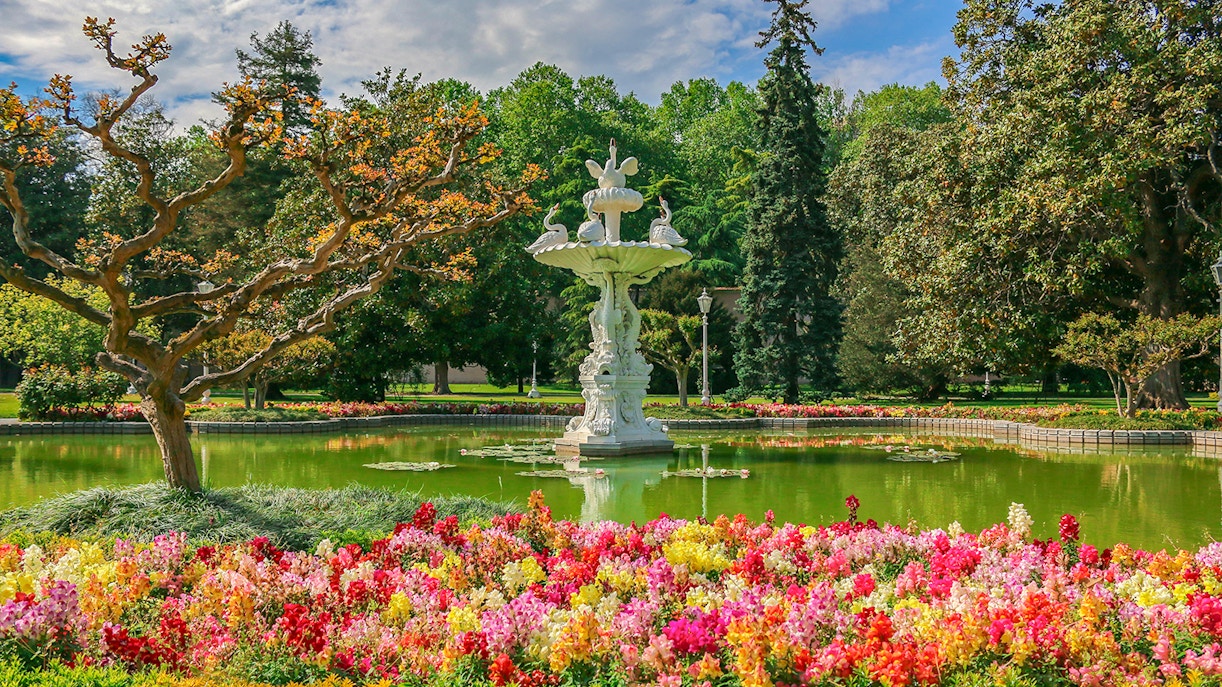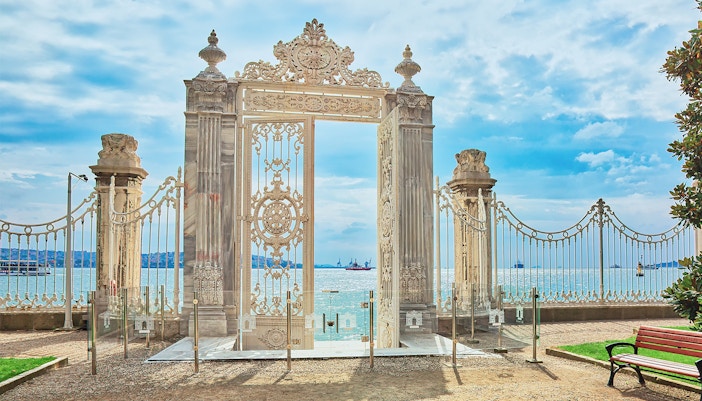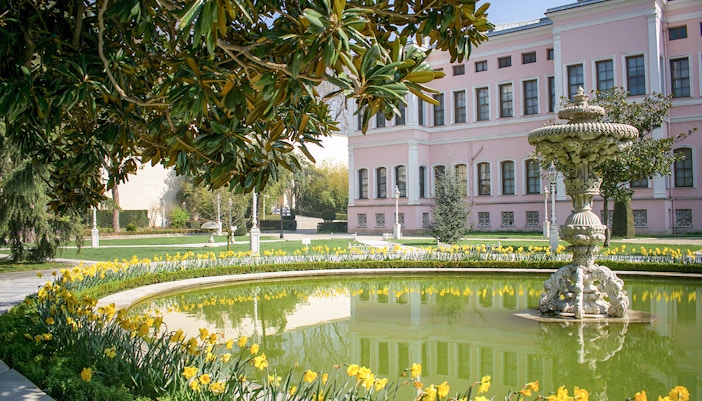History of Dolmabahçe Palace Garden
The Dolmabahçe Palace Garden, a jewel in Istanbul’s landscape, dates back to the mid-19th century. Designed by the renowned Armenian architects Ohannes and Simon Balyan, it was part of Sultan Abdülmecid I's vision to create a modern palace that blended European grandeur with Ottoman elegance. It initially served as a private sanctuary for the Ottoman sultans.
Opened in the 1850s, the garden represented a significant shift in Ottoman horticultural tradition, combining European and Ottoman landscaping styles. Its geometrically arranged pathways, ornate fountains, and diverse flora reflected a luxurious and refined aesthetic. As a royal retreat, it was a backdrop to many historical events and witnessed the empire's transition through various eras.
When Turkey became a republic in 1923, Dolmabahçe Palace, including its garden, was repurposed into a museum and public park. This opened the garden’s gates to the world, allowing visitors to explore its historical and architectural splendor. Today, it not only epitomizes the horticultural prowess of its era but also serves as a verdant oasis in Istanbul, inviting visitors to experience a piece of Turkey's rich cultural heritage.




























